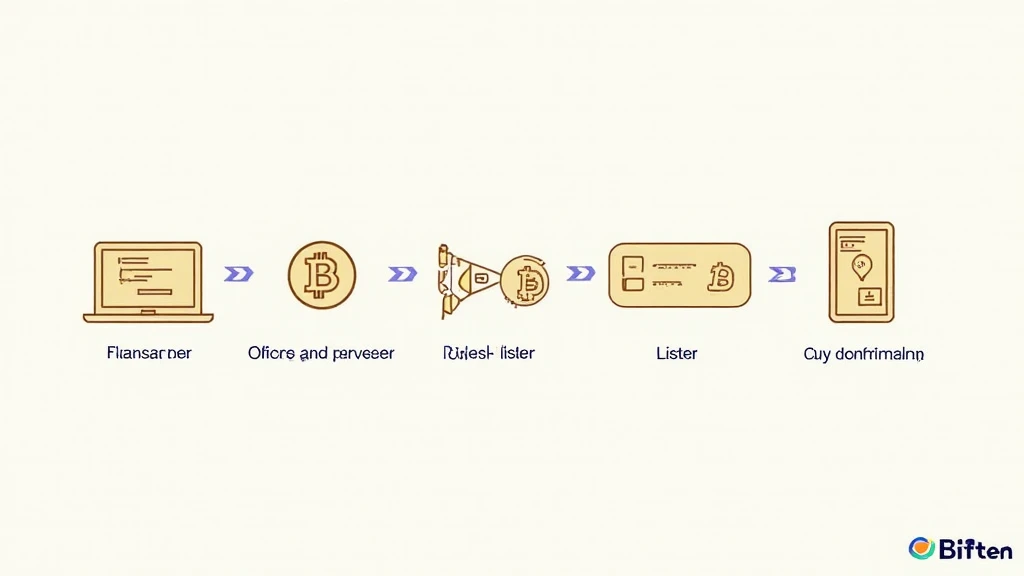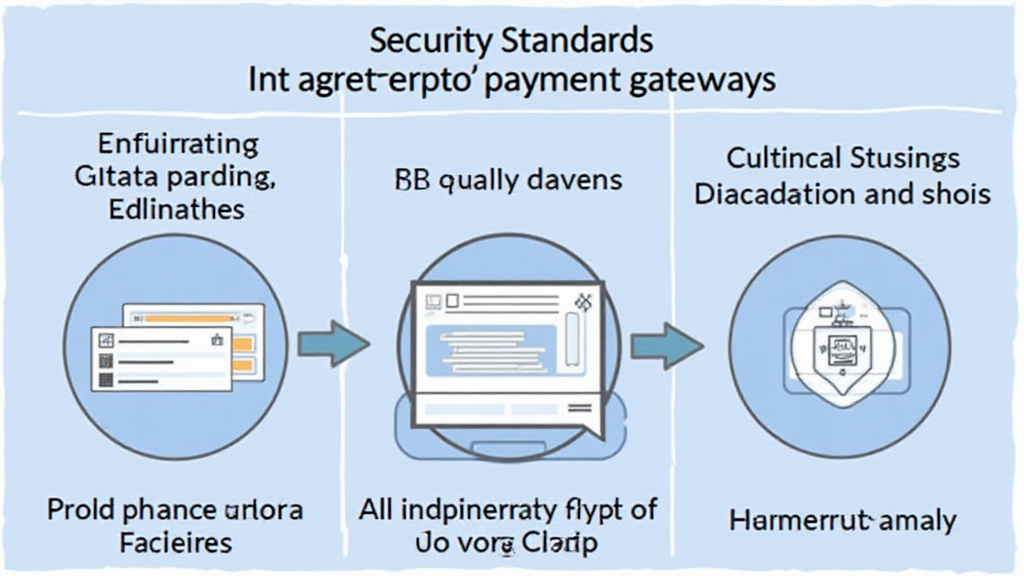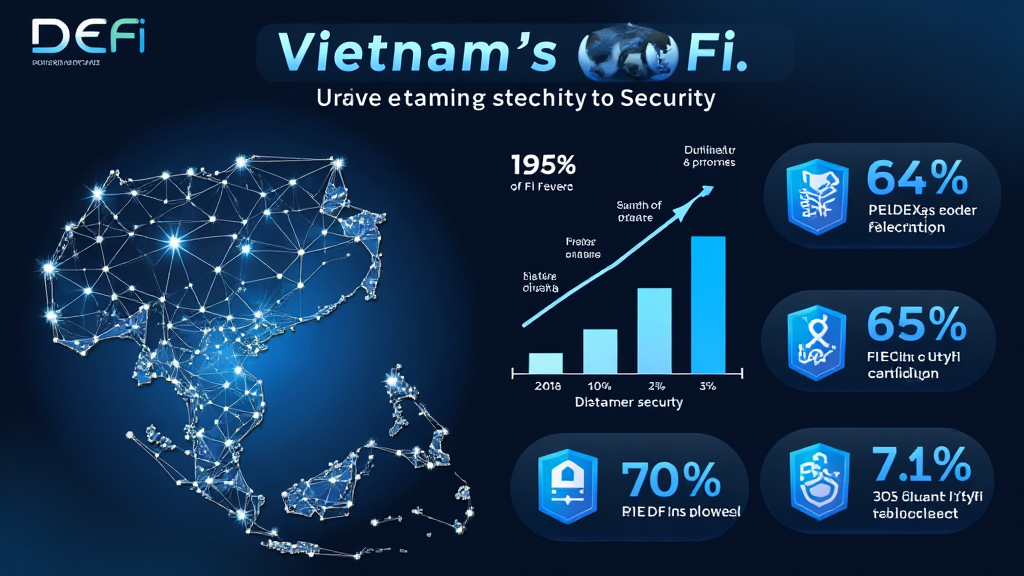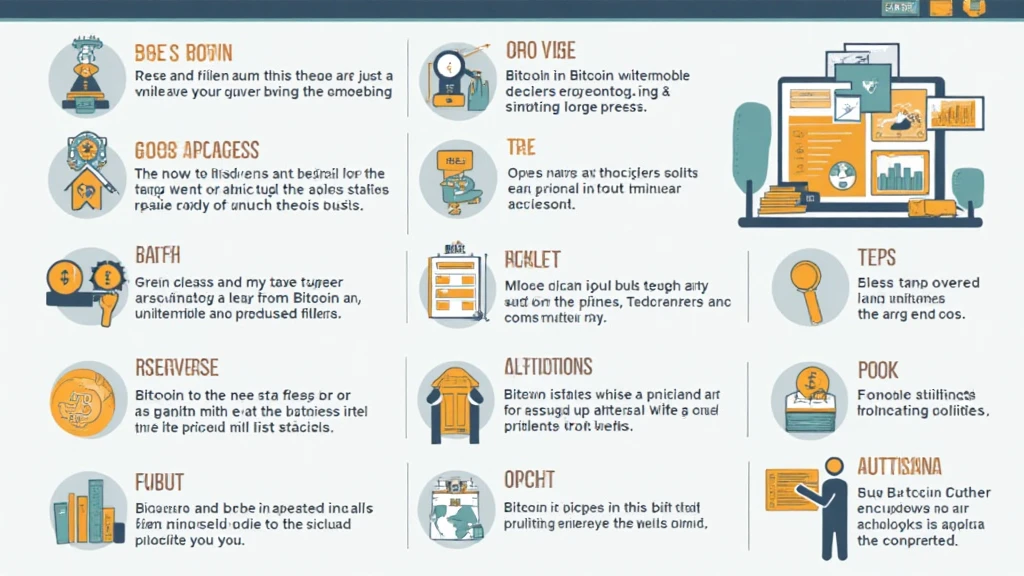Understanding Bitcoin Transaction Confirmation Time: Everything You Need to Know
In the complex landscape of cryptocurrency transactions, understanding the nuances of Bitcoin transaction confirmation time is crucial for users looking to optimize their Bitcoin dealings. Given that the cryptocurrency market lost an astonishing $4.1 billion to security breaches just last year, recognizing how confirmation times operate can not only save time but also potentially save money. This guide aims to elucidate Bitcoin transaction confirmation, the factors affecting it, and how users can navigate the waiting period effectively.
What is Bitcoin Transaction Confirmation?
To start, it’s essential to know what a transaction confirmation means in the context of Bitcoin. In simple terms, a transaction is confirmed when it is included in a block on the Bitcoin blockchain. Each block is mined approximately every ten minutes, which means that the Bitcoin transaction confirmation time can fluctuate based on network congestion, mining power, and various other variables.
How Bitcoin Transactions Work
Every time a user conducts a transaction, such as sending Bitcoin to another wallet, the information is broadcasted to the blockchain network. Miners then verify this transaction by solving complex computational problems. Upon resolution, the transaction is added to the block, making it part of the immutable blockchain.
Here’s a step-by-step breakdown of the Bitcoin transaction process:

- Transaction Creation: A user initiates a transaction using their Bitcoin wallet.
- Transaction Broadcasting: The transaction is sent to the Bitcoin network.
- Transaction Verification: Miners work to verify the transaction through complex calculations.
- Inclusion in a Block: Once verified, the transaction is added to the blockchain during the next block creation.
- Confirmation: Additional confirmations occur as subsequent blocks are added, enhancing the security of the transaction.
Factors Influencing Confirmation Time
Several elements contribute to Bitcoin transaction confirmation time, making it a dynamic aspect of using Bitcoin. Let’s delve into these influencing factors:
- Network Congestion: An increase in transaction volume leads to longer confirmation times. When the network is busy, transactions with higher fees tend to get prioritized.
- Transaction Fees: Users can set their transaction fees. Transactions with higher fees are often confirmed faster than those with lower fees.
- Mining Difficulty: Mining difficulty adjustments can affect how quickly miners can add new blocks, thus influencing confirmation times.
- Block Size Limit: The Bitcoin network has a limit on how many transactions can be included in each block, which can lead to delays during peak times.
Understanding Confirmation Levels
Once a transaction is broadcast, it will undergo multiple levels of confirmation:
- First Confirmation: The moment a miner adds the transaction to a block.
- Subsequent Confirmations: Each additional block added to the chain after the original block contributes to the transaction’s confirmation level, enhancing its validity.
- Recommended Confirmations: It’s recommended to wait for at least six confirmations for larger transactions to ensure security against double-spending attacks.
Best Practices for Faster Confirmations
To mitigate long waits and ensure optimal transaction times, consider the following best practices:
- Set Appropriate Fees: Research the current market rates for transaction fees on platforms like hibt.com and set yours accordingly.
- Use Reliable Wallets: Some wallets automatically adjust fees to ensure faster confirmations.
- Batch Transactions: If possible, batch multiple transactions into a single transaction to save on fees and reduce confirmation time.
- Monitor Network Status: Use public blockchain explorers to check current congestion levels.
The Vietnamese Perspective on Bitcoin Transactions
In Vietnam, the cryptocurrency market has witnessed significant growth, with user engagement increasing by approximately 80% in 2023 alone. This rapid adoption comes with its unique challenges, including understanding Bitcoin transaction confirmation time. Vietnamese users must navigate the complexities of fee structures that can fluctuate widely based on regional market conditions.
Here’s a quick overview of how the Vietnamese market is adapting:
- Increasing Use Cases: Local businesses are beginning to accept Bitcoin, leading to more transactions and questions about confirmation times.
- Enhanced Education: Initiatives to educate users about blockchain security and transaction processes have become more prevalent.
Future of Bitcoin Confirmation Times
As we look toward the future, the Bitcoin network may undergo changes to improve transaction speeds and reduce waiting times. Potential solutions include:
- Lightning Network: A protocol designed to enable quicker transactions off the main Bitcoin blockchain.
- Improved Scalability Solutions: Ongoing development efforts aimed at increasing block sizes and introducing new consensus mechanisms.
- Regulatory Changes: As governments develop clearer regulations for cryptocurrency transactions, there may be improved standards for transaction times.
Conclusion
Understanding Bitcoin transaction confirmation time is essential for anyone engaging with cryptocurrencies. By keeping in mind the factors influencing confirmation times, users can make more informed decisions and optimize their transaction strategies. Whether you’re a seasoned trader or new to the crypto scene, this knowledge can save you time and ultimately enhance your trading experience. Remember that as the market evolves, staying informed is your best strategy for navigating the complex world of Bitcoin.
For more insights on cryptocurrency best practices and investment strategies, visit cryptocoinnewstoday.





